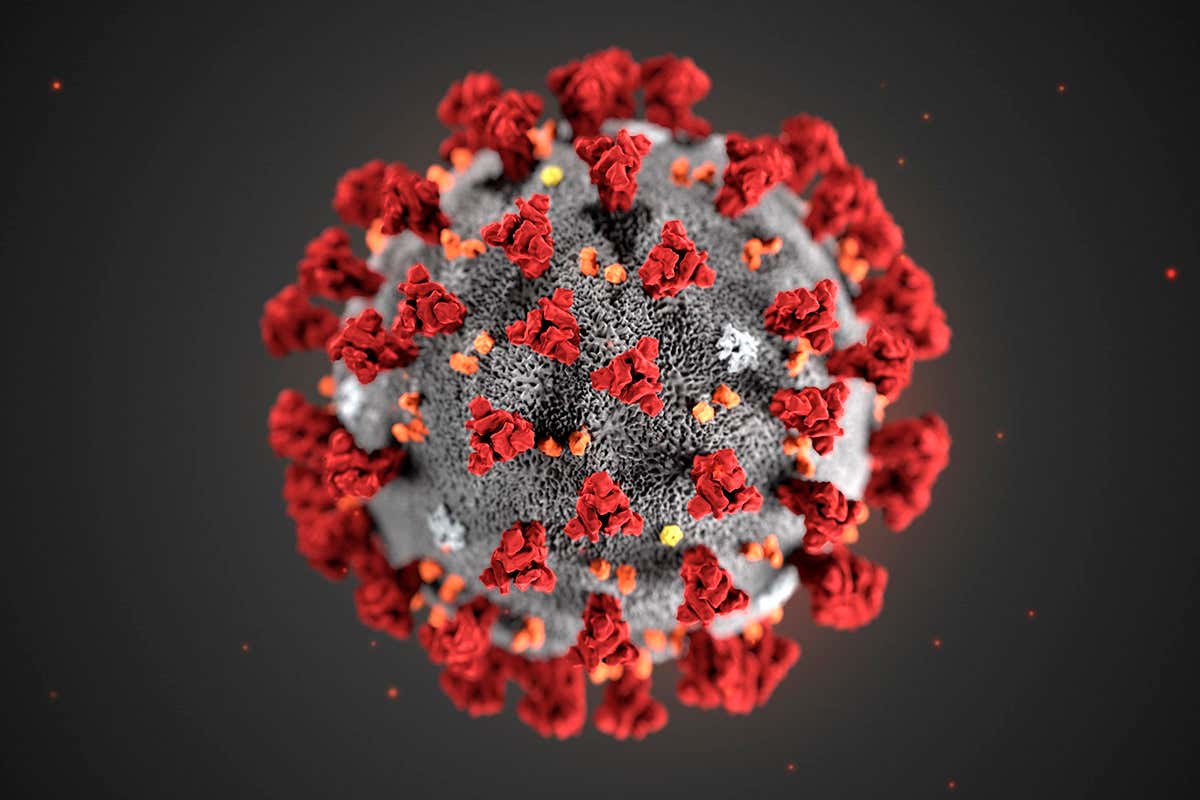The coronavirus outbreak has had a massive ripple effect throughout the United States, and mesothelioma patients are caught in it.
People with mesothelioma should be especially cautious. The current state of their health and immune system leaves them vulnerable to the worst of the coronavirus.
Why Mesothelioma Patients Are at Risk of Coronavirus?
The coronavirus outbreak in the U.S. has shown little sign of slowing down. According to the New York Times:
- The number of U.S. cases eclipsed 1,600 on March 13
- Nearly all of the 50 states have had at least one case
- The majority of U.S. cases have been in California, Texas, Washington and the upper northeast
- At least 41 Americans have died due to the virus
From March 1 through March 10, there were more new cases reported each day than the previous one. On March 12, there were around 400 new U.S. cases, marking the largest spike since the virus reached the country.
Regardless, mesothelioma patients remain at risk of infection. The Centers for Disease Control and Prevention (CDC) said people with respiratory ailments or diseases are in particular danger. According to the organization, people who have lung disease are at a higher risk of getting a severe case of coronavirus.
Hospitals around the country are preparing for a rising wave of COVID-19 hospitalizations. As such, centers have postponed or canceled many scheduled procedures. The cancer centers we surveyed are currently providing cancer treatment. But the schedule may shift to accommodate the demands of coronavirus treatment.
Treatment coordinators can help patients understand any changes to their treatment plan. Please keep in mind that some schedule changes may be necessary. These changes help minimize the risk of COVID-19 exposure during treatment.
Treatment centers want to prevent the spread of coronavirus to vulnerable cancer patients. As such, these centers have modified their visitor policies. The most common changes thus far have been:
- Decreasing the number of visitors allowed per patient
- Restricting visitation hours
- Canceling all volunteer activities
- Proactively screening all healthcare providers for symptoms
- Screening all visitors for symptoms
- Decreasing the number of entrances to the cancer center



Leave A Comment